Breaking the 0.01% Defect Rate of Toy Parts: Can AI + Quality Inspection Make It Happen? | Industrial Chain Observation
【Introduction】 Trendy play figurines、Automation solution integrator、Packaging automation
Introduction: AI + Quality Inspection: How Much Lower Can the Defect Rate in Toy Manufacturing Go?
From building blocks to remote - control racing cars, toys hold countless people's happy memories. Nowadays, driven by the rapid iteration of market demands and the trend of consumption upgrading, the traditional toy industry is undergoing a profound transformation from "manual - led" to "AI - enabled". It not only shows great potential in improving efficiency but also opens up a new path in safeguarding the "quality of happiness".
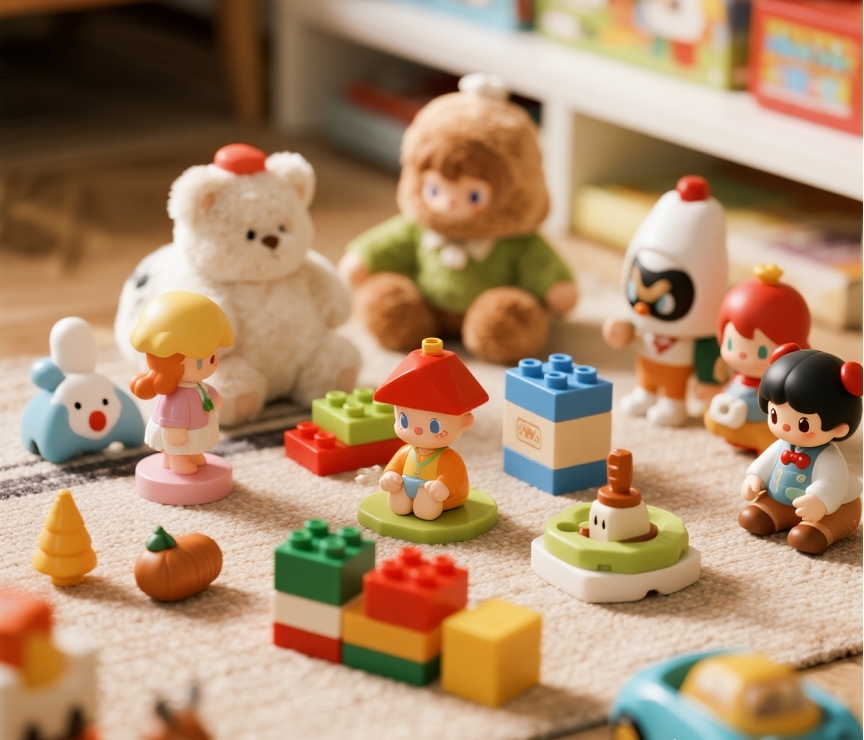
The global toy market is expected to grow to $326 billion by 2032, with a compound annual growth rate of 6.5%. As one of the world's largest and most sophisticated manufacturing industries, consumer demands for toy quality and product category innovation are constantly rising.
Consequently, product delivery cycles have been shortened, and traditional labor forces can no longer meet the requirements in terms of efficiency, precision, and stability. For instance, the following pain points are still widespread in the toy industry:
- The sorting efficiency of building block toys is low, and errors are prone to occur. How can we improve the speed and accuracy of robotic arms?
- The quality inspection of small toys mostly relies on manual sampling inspection, resulting in a low yield rate and the risk of missed inspections.
- There is a large weight error before and after product packaging. Where can we improve the accuracy of weighing?
How can we ensure the quality of every tiny part in high - speed, large - batch manufacturing? What links need to be considered in the standard leap from the "permille level" to the "per ten - thousandth level"? With the in - depth development of AI technology and the upgrading of automated production lines, can the toy industry really apply these technologies?
Beyond Automation: What Else Should Be Chosen?
Facing the current characteristics of the toy industry, such as multiple varieties, small batches, and rapid iteration, traditional automated production lines can only gain an advantage in speed. To ensure product quality, it is necessary to combine AI models. Through dynamic optimization algorithms and real - time data feedback, they can more accurately meet the manufacturing needs of the toy industry.
Whether it is small and medium - sized toy companies or leading toy enterprises, they cannot avoid the issue of quality inspection on the road to large - scale production. Due to the different types of toys, there are different definition standards for quality inspection. Traditional manual quality inspection methods often face limitations of the human body mechanism. Eye fatigue can lead to a missed inspection rate of about 3% - 5%. Problems such as difficulty in identifying tiny defects (such as 0.1mm cracks and color differences) with the naked eye and easy missing of small accessories (such as stickers and screws) in the packaging process often occur.
.jpg)
For example: Building block toys often face problems such as low part sorting efficiency, difficulty in ensuring the accuracy of the number of parts in bags, and complex surface defect detection processes; Plush toys may face problems such as unstable sewing quality and easy damage when grasping special - shaped parts; Injection - molded plastic toys often face problems such as many surface defects, inconsistent manual inspection standards, dimensional deviations of assembly holes, and inability to ensure product safety.
According to IDC data, the overall market size of China's industrial AI quality inspection will reach $958 million by 2025. From part weighing to grasping and sorting, from full inspection coverage to precision control, many links are facing an urgent need for automation and digital upgrading.
How Does AI Solve Quality Screening Problems?
Recently, the [Industrial Chain Observation] project jointly initiated by ITES Shenzhen Industrial Exhibition, Gongchuanglian, and Titanium Media continued the trend toy theme. Together with the world's top 3 toy enterprises, it launched the second stop of the "Toy Industry Digital Upgrading" chain exploration activity and walked into the intelligent "dark factory" of Dongguan Modebao.
The world's top 3 toy enterprise, together with technical directors from Shenzhen Institute of Metrology and Quality Inspection, Yifei Intelligent, Bokent Robot, Beijing Soft Robot, Zhongke Dihong, Zhige Robot, Sansan Intelligent, Guolan Plastic, AVIC Optoelectronics, and Quansheng Technology, formed a visiting group and came to Modebao's intelligent workshop. They practically experienced from the production end how Modebao's mold processing with a precision of 0.002mm cooperates with automation technology and how the 15,000 - square - meter intelligent factory for mold manufacturing and injection molding empowers each other in production.
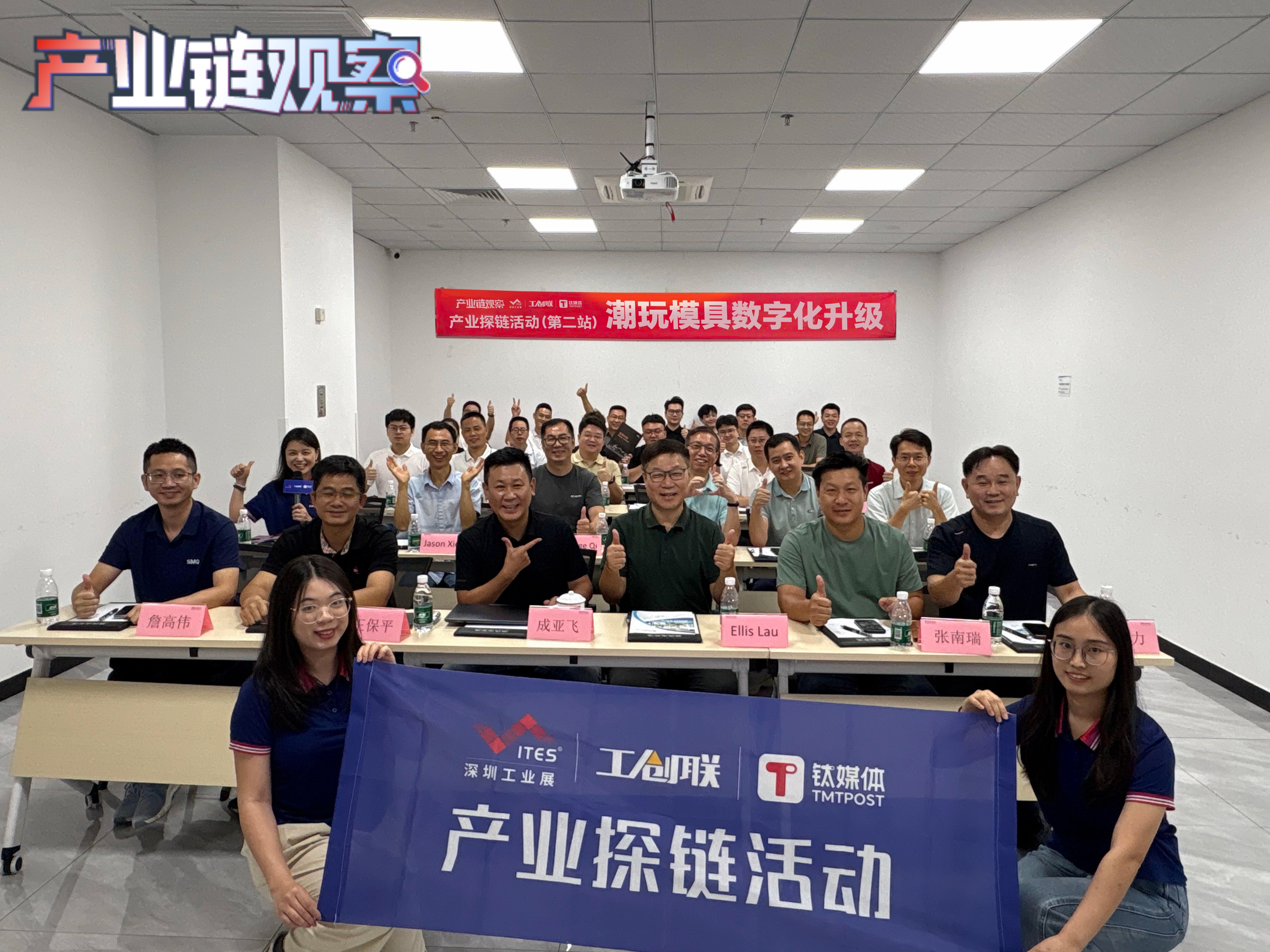
From the needs of this toy enterprise, we can see the current production status of the traditional toy industry:
- Intelligent weighing equipment for preventing missing parts: The existing equipment has large weighing errors and slow speed, which affects packaging efficiency and customer satisfaction. It is necessary to replace the existing weighing equipment with a high - speed dynamic scale after bag sealing to improve the accuracy and efficiency of weighing.
- Low manual sorting efficiency and high error rate affect the overall production capacity. Robotic arms grasp specific or special building blocks: Realize automated processing, improve accuracy, reduce labor, and enhance production efficiency.
- Manual sampling inspection cannot achieve full inspection, and the efficiency is low, with the risk of missed inspections. To ensure that the shape and quantity of building blocks in the plastic bags meet the requirements, it is necessary to use industrial cameras + AI algorithms for comprehensive detection.
-To ensure that the shape and quantity of building blocks meet the requirements before or after bagging, a non - contact, high - speed, and high - accuracy detection method is needed to adapt to multi - category products.
At the communication site, Chen Li, the founder of Guangdong Sansan Intelligent, took the scenario application of Gaodes Precision Technology as an example. He shared that in terms of intelligent weighing and preventing missing parts, the application of intelligent counting + double weighing platforms can achieve 40 packages per minute, with a chain precision of 0.1g. This quality inspection effect can greatly improve production capacity and efficiency.
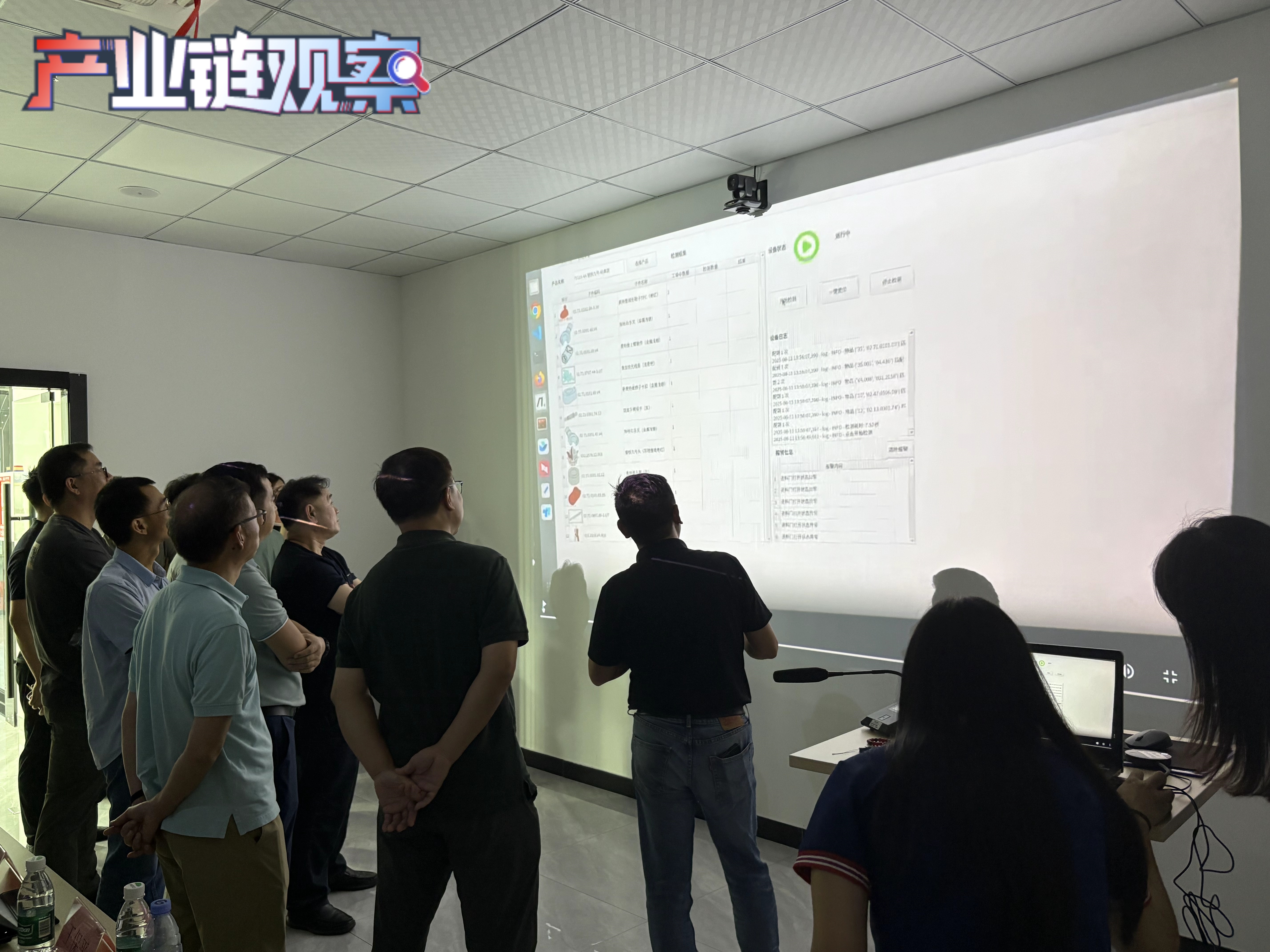
Moreover, in the product production link (before packaging), enterprises can also adopt integrated equipment such as BOM list systems, intelligent modules, AI edge model detection solutions, and flexible vibrating plates. These can generate data such as appearance dimensions and part count calculations in microseconds for comprehensive screening and detection, achieving a defect rate of 1/10,000.
In the product detection link (after packaging), special parts can be grasped by manipulators equipped with end effectors at the front end, solving the problem that traditional sorting devices cannot detect. Through the all - round application of AI quality inspection technology, the fully automated unmanned production workshop of Gaodes has increased product production efficiency by 4 times compared with the traditional model and reduced labor costs by 70%.
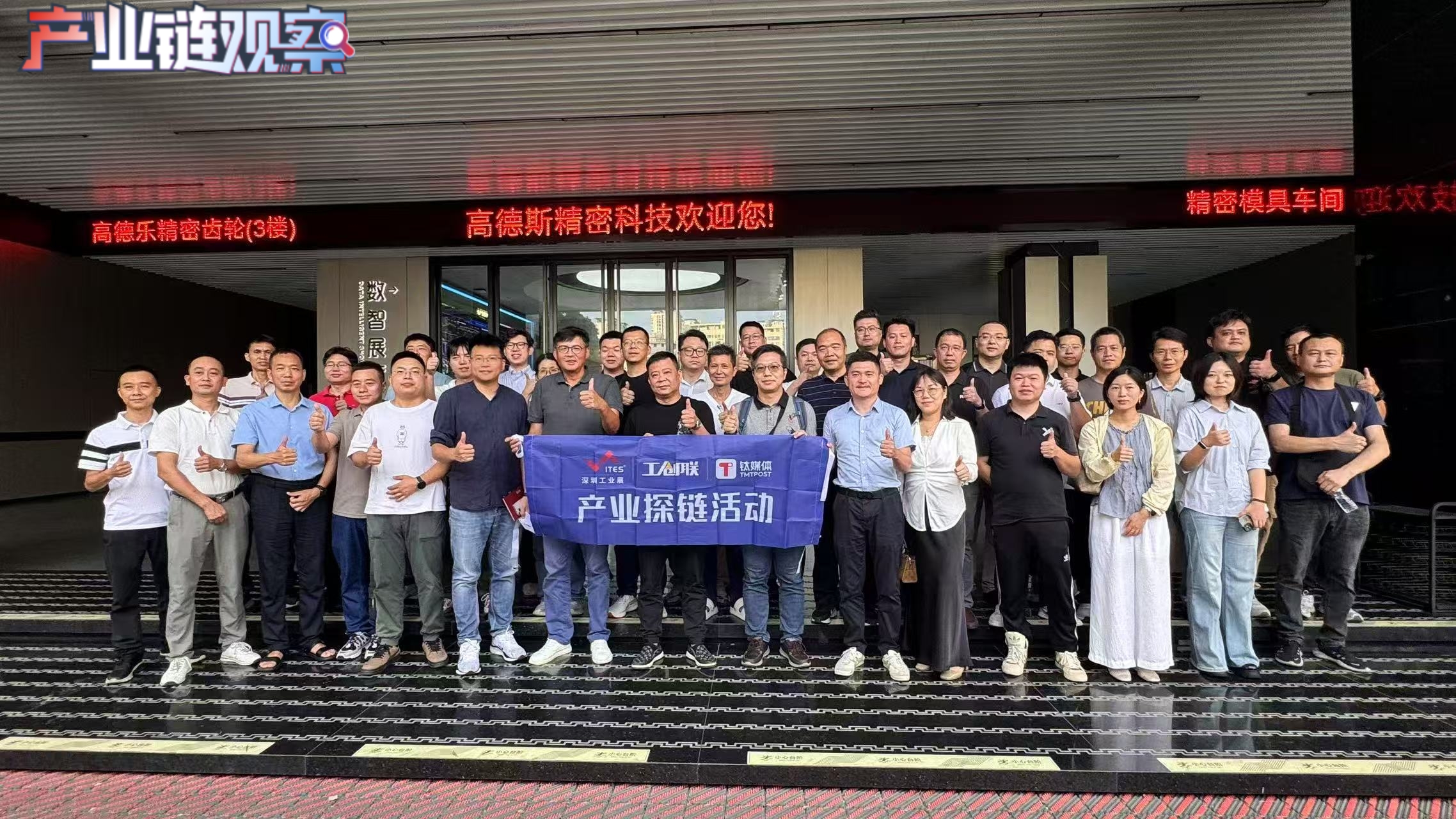
In response to the needs of the product sorting link, Feng Bowen from Beijing Soft Robot mentioned that the company's industrial robot bionic fingers can adaptively grasp special - shaped and fragile items within 0 - 10kg, with a repeat positioning accuracy of up to 0.08mm and a damage rate reduced by more than 95%. This solution also has reference value for the toy industry.
According to GGII's prediction, the scale of China's machine vision market will exceed 50 billion yuan by 2025, of which edge AI quality inspection will account for 35%. Facing the problem of manual sampling inspection errors, Bian Zhe from Zhongke Dihong Automation Co., Ltd. proposed that the company's solution takes the deep learning algorithm model as the core, with supporting human - computer interaction system software. The system is connected to hardware equipment such as lenses, cameras, and light sources. It can perform dimensional measurement, target detection, segmentation detection, and classification detection of appearance defects for various parts, and can provide visual inspection - related solutions for toy enterprises.
After the event, the toy enterprise highly affirmed the connection value of "Industrial Chain Observation".As an observer of the industrial chain and a builder of activities, ITES Shenzhen Industrial Exhibition has always focused on the real needs of enterprises. It organizes supply - demand dialogues to bring enterprise pain points and solutions face - to - face, tracks the application of cutting - edge technologies in subdivided categories, and deeply cultivates the accurate connection between technical resources and industry pain points.In the future, when AI and automation are deeply integrated, toy manufacturing is accelerating its progress from millimeter - level quality inspection precision to millisecond - level production response. Technology is not only safeguarding the bottom line of "the quality of happiness" but also expanding the value boundary of toys. Ultimately, the beneficiaries will be every user holding a toy and the ever - lasting and reassuring happiness.

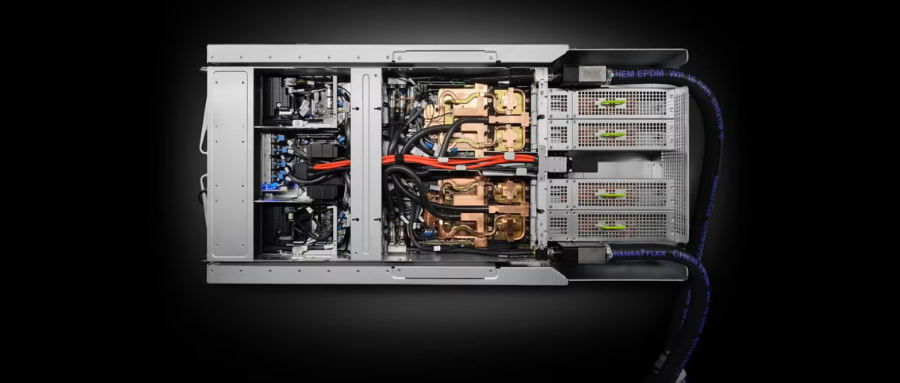
-1765849465136.png)

